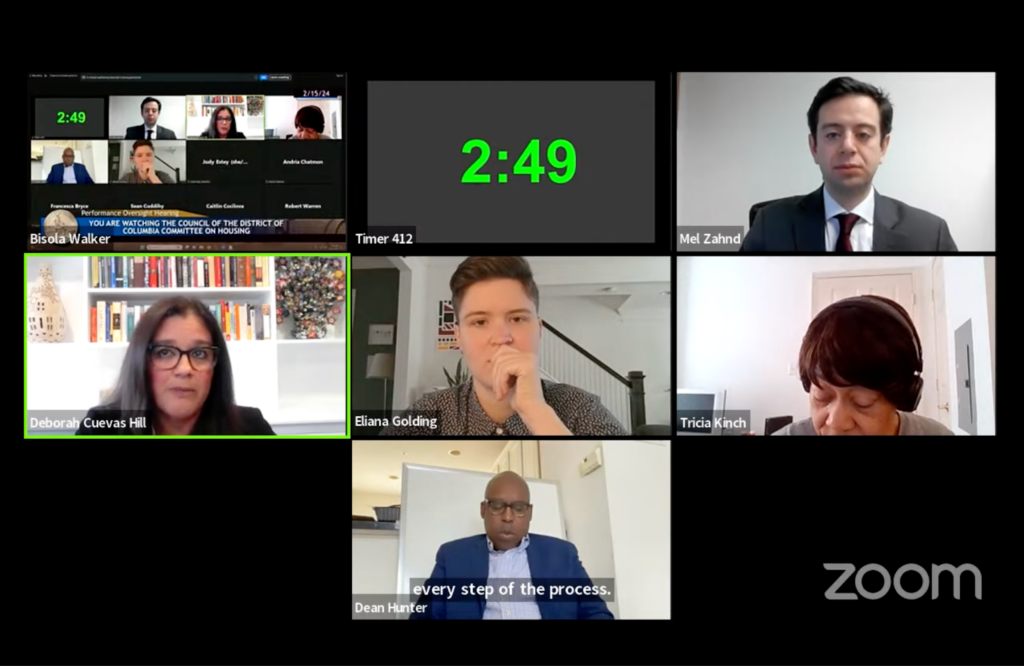This story was first published in Next City on May 11.
S ometimes all it takes is a microwave.
When homeless service providers in Bakersfield, California, were working their way down the list of people experiencing chronic homelessness in the area, trying to find housing units for each one, the groups had to solve for a variety of challenges, said Anna Laven, executive director of the Bakersfield Kern Regional Homeless Collaborative. The groups began meeting regularly after joining the Built for Zero campaign to end homelessness in 2015. The cornerstone of the Built for Zero approach is a by-name list of every person experiencing homelessness in different categories — chronically homeless, veterans, youth, families, and so on. The collaborative worked to find housing for every person on the list through case conferencing, regularly meeting to discuss individual cases and figure out what it would take to get that person into an apartment.
In some cases, the challenge had to do with landlords. One of the individuals on the area’s by-name list had two dogs, for example, and it took extra work to find a landlord who would lease a unit to someone with pets. Another person didn’t want to move into a certain apartment because there was no microwave. So the collaborative bought them one.
“The whole idea of a by-name list and case conferencing is that you’re trying to take a group that has similar enough needs that you can kind of create an efficiency there,” Laven said. “But within that you still very much have to treat everybody as an individual.”
Bakersfield, California, seat of Kern County, is a city of some 350,000 people. The collaborative first established in 2017 a by-name list of chronically homeless people, those who have experienced homelessness repeatedly or for more than a year while struggling with a disabling condition such as a serious mental illness, substance use disorder, or physical disability. Between that time and the beginning of 2020, it reduced the number of chronically homeless people from 72 to 2, achieving “functional zero” for chronic homelessness, according to the definition provided by Community Solutions, the group that coordinates the Built for Zero campaign. As the pandemic began, the number of chronically homeless people began to creep back up, Laven said. But thanks to an established collaboration between service providers and housing providers in the area, and a well-timed investment from California’s Project Homekey, the community was able to reduce the number again. In January of 2021, Bakersfield announced that it was the first city in California to end chronic homelessness.
It’s one of five cities to have functionally ended chronic homelessness so far, according to the Built for Zero campaign. Others include Abilene, Texas, and Rockford, Illinois. But organizers are hoping there will soon be many more. In April, Community Solutions announced that it had received a $100 million grant from the MacArthur Foundation to help 75 cities end chronic or veterans homelessness. Jake Maguire, a principal at Community Solutions and co-director of the Built for Zero campaign, said the organization is hoping to work with a diverse enough group of cities to prove that any type of community can end homelessness with good data and sustained effort. Maguire said that communities in the Built for Zero campaign typically either start with veterans, because it’s one of the more achievable subcategories of homelessness, with dedicated resources and often strong political support, or they start with chronic homelessness, which is often the toughest subcategory, and hope that finding strategies to reduce those numbers will help them in other subcategories as well.
Bakersfield is the first city in California to achieve functional zero for any category, and Maguire said that’s an important milestone in a state with an infamously tough housing crisis.
“[Bakersfield] is not LA, but it’s a decent-sized city combined with a huge rural county,” Maguire said. “It’s a large, complex geography in one of the highest-cost states in America, with conservative politicians and lots of things that would make people say, ‘That’s not the place to go solve homelessness.’ But actually, Bakersfield did it.”
One reason why Bakersfield has had success in reducing its chronically homeless population is because the Housing Authority of the County of Kern has committed time and resources to helping. Heather Kimmel was leading Built for Zero work at the California Veterans Assistance Foundation before joining the housing authority, where she now works as assistant executive director. The Housing Authority of the County of Kern has been uniquely committed to serving people experiencing homelessness for years, Kimmel said, but more housing authorities are starting to focus explicitly on the issue.
“The link between the housing authority’s resources and ending homelessness is becoming more and more clear,” Kimmel said. “A community can’t effectively address homelessness without a strong partnership with the housing authority.”
In Kern County, one strategy the housing authority used was taking on a “master lease” with private landlords who were hesitant to rent directly to people experiencing homelessness. That allowed the housing authority to sublet units to unhoused people, while taking on the liability for any damages that might be incurred, and agreeing to carry out an eviction if they needed to. It was a small program, Kimmel said, including just eight units. But at the end of the first year, all but one of the people housed through the program either took over the lease and stayed in the same unit or used their housing voucher to move to a different unit.
Another reason why the master lease concept works, said Laven, who leads the collaborative, is that a lot of people who’ve been chronically homeless have experienced a lot of rejection and denial, and can be averse to filling out paperwork for something that might be denied to them. With the housing authority technically as the leaseholder, the tenants don’t have to go through an application process like they would with a normal apartment.
The funding to do the master lease program came through a grant from Kaiser Permanente, Kimmel said, and the authority is planning to keep the option to do master leases in future grant requests as well. Not every strategy works every time, Kimmel said, but it’s beneficial to have grant funds that are flexible to do things like partner with landlords, help people find documents like birth certificates, and buy bus passes or appliances.
“When you start to tackle homelessness one person at a time and know who the homeless individuals are by name and personalize it, this overwhelming problem starts to be solvable,” she said.
This article was originally published by Next City.








